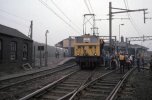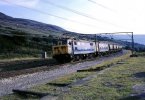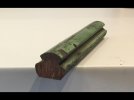Inversnecky
Member
Looking at archive footage of 76s on the Woodhead line, I was struck by the extreme height of the pantographs at times.
What was the reason for this? At other times they are at a more normal height.
Presumably the overhead catenary was at a much higher height for some reason. Anyone know where and why?
What was the reason for this? At other times they are at a more normal height.
Presumably the overhead catenary was at a much higher height for some reason. Anyone know where and why?
Attachments
-
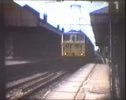 7A11C247-A95A-4063-9A0B-FFB3214C586F.jpeg175.3 KB · Views: 138
7A11C247-A95A-4063-9A0B-FFB3214C586F.jpeg175.3 KB · Views: 138 -
 55B35C9B-18BF-401C-86F1-0C10AE414490.jpeg192.6 KB · Views: 137
55B35C9B-18BF-401C-86F1-0C10AE414490.jpeg192.6 KB · Views: 137 -
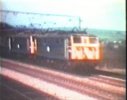 117ED714-6ADD-490D-8EB1-77DDCF1F421C.jpeg183 KB · Views: 126
117ED714-6ADD-490D-8EB1-77DDCF1F421C.jpeg183 KB · Views: 126 -
 AF2E6D8D-D313-4F8F-BE23-25A912156459.jpeg143.7 KB · Views: 123
AF2E6D8D-D313-4F8F-BE23-25A912156459.jpeg143.7 KB · Views: 123 -
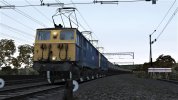 0D24653F-2D21-494C-8C26-B88EF3BF264E.jpeg183 KB · Views: 135
0D24653F-2D21-494C-8C26-B88EF3BF264E.jpeg183 KB · Views: 135

